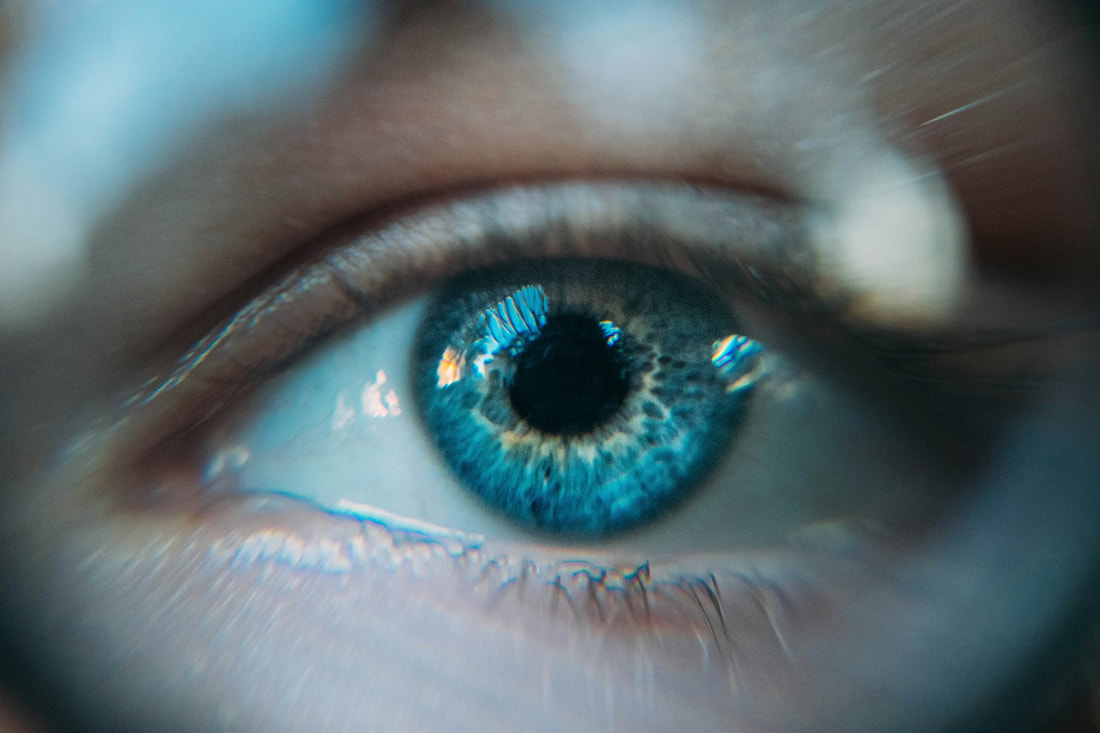|
As part of the journey towards a healthier body and a healthier life, it’s likely that you’re going to encounter the idea of vision care, at some point. Given that more than six-tenths of the population wears prescription eyeglasses, not factoring in all of those who choose a different means of treatment, or those who might not yet have their eye problems diagnosed or treated, it’s safe to say that it’s part of health that affects everyone. Depending on the nature of the problem affecting your eye, there are different treatment options available. Here, we’re going to go over them, their pros, and cons, and which you should make an appointment for. Vision testsThe best way to know what kind of treatment you need is to arrange for an eye exam with your doctor. Not only do these exams help you better understand your range of vision, but the doctor will also perform a close visual examination of the eye itself, helping them more accurately diagnose you, whether you’re experiencing near-sightedness, far-sightedness, astigmatism, cataracts, or something else entirely. GlassesGlasses are, by far, the most common route for treating vision issues of most kinds. As mentioned, an estimated 63.7% of all adults in the country, or 166.5 million people, wear prescription eyeglasses. Glasses allow you to pick a wide range of frames and are often used as a fashion accessory. It’s also easy to make them in different styles, such as bifocals, trifocals, or progressive lenses, which can allow for more precise treatment of your eyes. That said, repeated use of glasses can distort vision to a degree, including peripheral vision if you have a strong prescription. Glasses tend to require more regular cleaning and care than other options, too. Contact lensesWhile a little less widely used than glasses, contact lenses are still very popular. These thin discs, usually made of plastic or glass, are placed directly on the eye. You can get lenses designed to be worn daily, lenses that are to be disposed of after wearing, and those that can be worn overnight. Many people prefer them to glasses because they allow for a more natural correction to vision since they move with the eye. However, some people find contacts very difficult to put in. While they don’t have to be cleaned while wearing them, they have to be cleaned every time you take them off to ensure that you don’t get an infection. People with astigmatism may not like them, since the contacts made specifically for that type of vision issue tend to move around more. LASIK surgeryThis is a type of procedure that uses lasers to correct refractive issues in the eyes, reshaping the corneas so that they are able to refract light properly, which can result in major improvements in vision. This is used most commonly to treat shortsightedness, nearsightedness, and astigmatism. While LASIK does cost more than a pair of glasses and requires some aftercare, it’s the only treatment that offers long-lasting changes to your vision. You don’t have to maintain the results once the aftercare is done, and it typically lasts decades. People with astigmatism, which is difficult to treat using glasses and lenses, find this method to be particularly effective. Cataract surgeryAnother common issue with the eye is that of cataracts. Cataracts are blurry masses in the lens of the eyes caused by certain proteins in the eye breaking down, which can make vision cloudy. Because this is not an issue caused by the refraction of light, cataracts cannot be treated by glasses, lenses, or LASIK surgery, Instead, a procedure has to be performed to remove the cataracts from the eye directly. Preventing vision changesIf you’re looking to prevent changes to your vision, rather than just find the right treatment, then it’s a good idea to talk to your eye doctor about the issues most likely to affect your eyes. Diabetes is a big causal factor, so knowing your family history and maintaining blood sugar levels is always recommended. Protecting your vision by, for instance, wearing sunglasses when it’s sunny out, or blue light glasses to prevent eyestrain (though this usually doesn’t cause permanent issues) is a good idea, too.
The way in which you treat the issues affecting your eyes is going to depend largely on the nature of that issue, but budget and time can be a factor as well. Make sure to talk to an eye doctor for a more complete picture of the options available to you.
1 Comment
Yolima
3/6/2024 04:41:52 pm
Blue light glasses have really helped me while seating long hours in front of a screen at work
Reply
Leave a Reply. |
Categories
All
Archives
May 2023
|






 RSS Feed
RSS Feed

